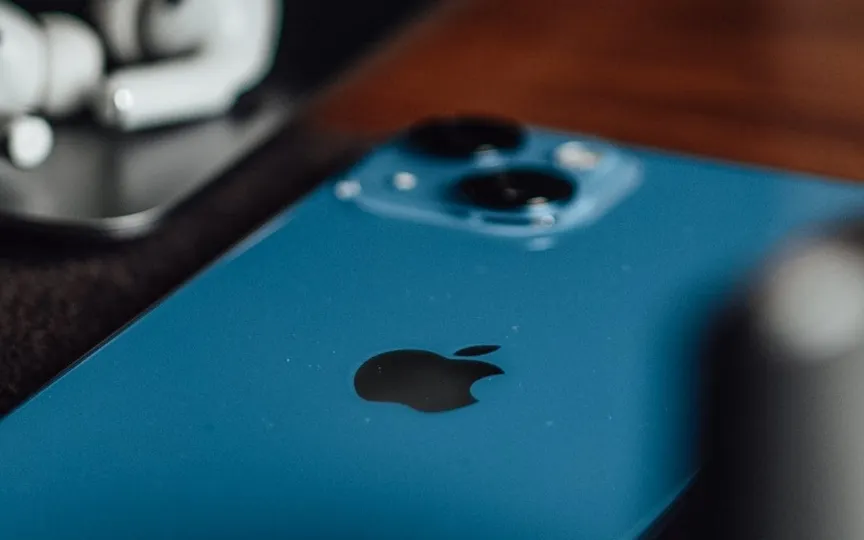How To Gain Access To An iPhone 13 After A Sibling’s Passing
Toronto-based Rupnisha got the iPhone 13 for her younger brother last year while visiting her family in New Delhi. He was returning home for a short visit after completing his course in Canada. His young brother, who was pursuing his graduation in New Delhi, was excited to receive an iPhone 13, while his parents were happy with chocolates and winter coats from Canada. Barely a year after his visit, he receives the dreaded phone call from a close relative on his way to work in Toronto – his brother died in a bicycle accident.
His family was in shock and wanted him home as soon as possible to support his father during this difficult time. Without delay, he returns to Delhi to find another trauma and consoles his family: no one knows how to unlock his brother’s iPhone 13, which he gave as a gift. Contacts, photos, documents and much more… the iPhone contains memories and the last moments of his brother’s life. But what can he do?
An immediate thought that might come to mind is to visit your nearest local mobile store to find a way to crack the password. But cracking the password on an iPhone running the latest version of iOS requires a lot of technical skills and access to tools that only government agencies can think of. And there is no defined process to obtain personal data of an Apple user through legal means in India. It’s a difficult task, and at best you can expect an expert mobile technician to simply reset your iPhone – which defeats the purpose.
What does Apple officially say about using a deceased family member’s Apple account?
Apple allows you to “remove Activation Lock” from Apple devices such as iPhone, iPad, and iPod that are linked to a deceased family member’s Apple ID. However, Apple categorically states that the device will be automatically restored to factory settings. According to Apple, “…passcode-locked devices are protected by passcode encryption, and Apple cannot help remove the passcode lock without wiping the device.”
So if you visit an Apple Store, it might check the family and deceased member’s legal documents before resetting your iPhone. But what Rupnisha needs is not the “fresh” iPhone 13 she gifted her brother, but the precious memories inside. His parents, like most Indian households, were stuck with old Nokia phones, so his brother’s iPhone has all the memories of family parties, festivals, birthdays and random selfies protected by a passcode he simply can’t think of.
Can resetting Apple’s iCloud account help?
If you have an iPhone and a working SIM card for OTP, resetting your iCloud account from the desktop seems like a solution. However, one big problem is that you should be able to read the OTP message from the iPhone lock screen. In this case, when the iPhone kept buzzing, nothing could be accessed from the lock screen because notifications were disabled when the iPhone is locked.
That being said, it may come as a surprise, but many first-time iPhone users in India don’t want to use Apple iCloud at all. This is simply because the free 5GB storage is too small and they don’t want to pay the subscription fee. So even if Rupnisha somehow manages to reset the iCloud account, there is not much hope of seeing all the photos and videos on her brother’s iPhone.
Is there any alternative at all?
The good news is that Apple has now defined a way for users to disclose personal information. On all Apple devices running iOS 15.2, iPadOS 15.2, and macOS 12.1 or later, users can add an “old contact to their Apple ID.” According to Apple, adding an old contact is “the most secure way to give a trusted person access to the information stored in their Apple account after their death.”
The old contact gets a unique access key that can only be used when the user has died. A family member designated as a traditional contact must show a death certificate and individual access to ask Apple to release the information.
How to add old contact to iPhone, iPad or Mac?
- Go to Settings and then tap your name.
- Tap Sign-in & Security, then tap Old Contact
- Tap Add old contact. You may be asked to authenticate with Face ID, Touch ID, or your device’s password.
- On Mac:
- Choose Apple menu > System Preferences, then click Apple ID.
- Click Sign-in & Security, and then click Old Contact.
- Click Add old contact. You may be asked to authenticate with Touch ID or your Mac login password.
The next consideration is to share the unique access key with the old contact. Note that data cannot be accessed without a death certificate, so users don’t have to worry about privacy while they’re alive.
If a family member already uses an Apple device, sharing an old contact is quite easy, but luckily Apple has also given the option to share personal data with non-Apple users as well. In this case, the user needs to share the access key PDF file.
Please note that old contacts can be deleted at any time in the settings menu.
The last option for family members is to ask Apple to delete their Apple ID and all personal information by submitting the appropriate legal documents.




